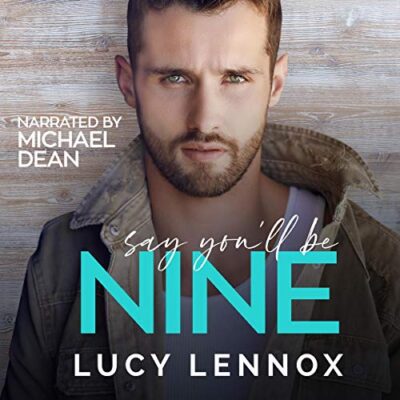


At the same time, Elisabeth visits him to read books by Huxley and Dickens, and recount real-world news that seems stranger than fiction. “How many worlds can you hold in a hand / In a handful of sand?” he ponders in one moment, before watching his body get younger before his eyes, and conjuring a coat for himself made out of leaves. In the “present” of Autumn, Daniel is more than a century old and living in a residential care home in a comatose state, and his dreams make up the book’s more mythological and existential wanderings. In one of the narrative’s many leaps backward, Elisabeth is shown at eight years old, fascinated with the man next door, whom she characterizes as “elegant” and whom her mother dismisses as an “old queen” who collects “arty art.” But neither snub is true: Daniel is a joyful soul, a sprite-like aesthete who recognizes a kindred spirit in the curious, wounded Elisabeth. The primary relationship in the book is between Elisabeth and Daniel Gluck, a much older neighbor with whom she formed an immediate friendship as a child. Why Europeans Don’t Get Huge Medical Bills Olga Khazan

As the novel proceeds, she layers together fragments of books and paintings and song lyrics in an act of literary decoupage, as if to mimic the fragile patchwork of national identity. Throughout, Smith’s seasonal melancholy wrestles with her natural writerly exuberance-“Is there never any escaping the junkshop of the self?” a character wonders. Scenes range from absurdly realist (Elisabeth renewing her passport in the post office) to surreal (a man in a coma-like state imagines himself trapped inside the body of a tree).

Through Smith’s dazzling, whimsical feats of imagination, a news cycle described by Elisabeth as “Thomas Hardy on speed” becomes the backdrop for a modernist interrogation of history.Īutumn, like Smith’s last book, How to Be Both, is a gorgeously constructed puzzle that challenges the reader to solve it, with a narrative that darts back and forth in time and space. But its ambition and craft allude to-and cite-great works of literature, from Brave New World to The Tempest. The novel, the first book in a quartet inspired by the seasons, considers post-Brexit Britain at the tail end of last summer, experienced through the perspective of a 32-year-old art history lecturer named Elisabeth. What kind of art will come out of this moment? If Ali Smith’s Autumn is a harbinger of things to come, the work that emerges over the next decade will be extraordinarily rich.


 0 kommentar(er)
0 kommentar(er)
